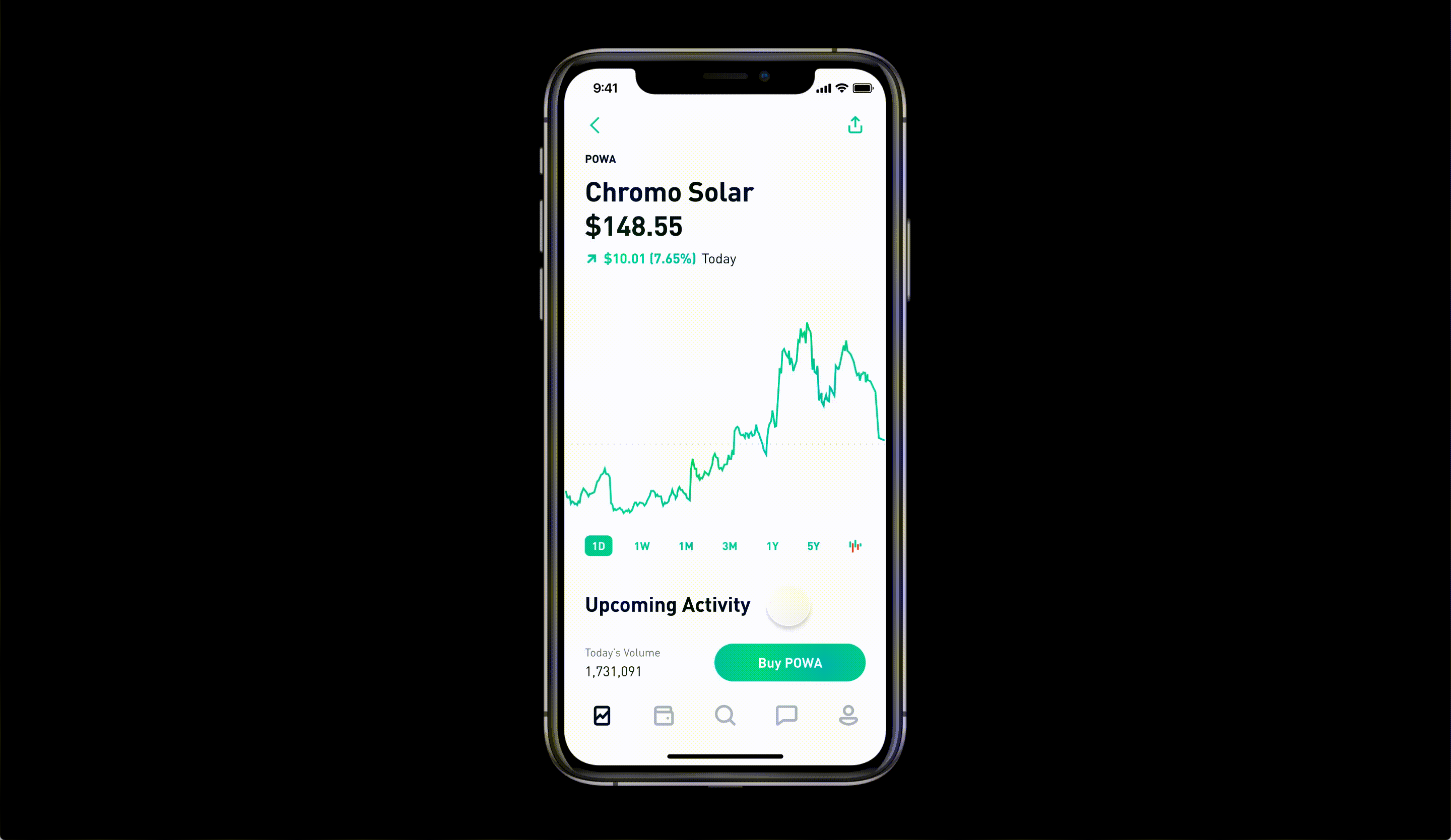Last updated on April 20th, 2022 at 04:57 am
Gamification is a term that is popular in various sectors like education, healthcare, manufacturing, and the financial sector. Firms that provide financial services are constantly looking for new upgrades that will help them maintain the economic conditions of the industry.
A term that financial analysts are becoming familiar with is Gamification. Many solid online finance courses have incorporated gamified financial modeling and financial targets into their syllabus so that analysts can help companies make the experience of clients more interactive. Let us understand what Gamification means and what effects it has in the financial services industry.
What does Gamification mean?
Gamification is a mainly customer-centric program. Its main goal is to help the customers reach their financial goals by also engaging them emotionally. Gamification recruits gaming techniques that make the process of doing business more appealing and interactive. This process is being appreciated worldwide by all sectors, especially by the millennials.
The traditional financial firms have a different approach to their services which does not match the expectations of the customers. Gamification has come as a solution to bridge that gap. It helps the firms get a clear understanding of their customers’ needs and use that to design better, more efficient services. The new design models have several parameters like marketing, responsive customer service, product development, and most importantly, education.
As businesses are evolving with growing technology, gamification in financial services has become relevant to this day and age. Not only shortly but also, in the long run, gamification is something that financial analysts will have to use to help their customers achieve their financial goals.
Why does gamification have an increase in interest?
Over the years and the course of the development of companies, gamification has seen an increased interest among various sectors, especially the financial sectors that require technology and smart devices to maintain their customers.
Here is the reason for the increase in interest:
- The world is becoming more interconnected which has opened a vast number of opportunities for companies to connect with their customers more effectively. Consumers are using their mobile devices excessively and this has turned out to be the best way to connect with them.
- Gaming has reached a different level of popularity. The online gaming community has more than 800 million users from across the globe and it is minting money. The success of this industry has proved that if businesses plan to go ahead with gamification, the chances of success are high.
How can a financial analyst use Gamification?
The job of a financial analyst is to study financial data and use it to make big business decisions for companies. The process of Gamification is of utmost importance in this area to get better data and results, and to understand consumer behavior. Gamification can be used to educate the customers about the company’s products and services. It is a top-notch program to acquire more customers and retain them.
Conclusion
Gamification is revolutionizing the education sector since everything is becoming online. Many people are opting for online courses that can be accessed from the comfort of their homes. Some courses can help you better understand gamification such as holistic financial modeling courses and financial analyst courses.
Gamification makes every technique interactive and fun and encourages everyone to learn. Professors, as well as students, want to learn how to use gamification combined with other courses. This has led to a better teacher-student relationship. The importance of gamification can also be easily noticed by end-users and customers in neo-banking applications, where our financial goals and status are gamified.

